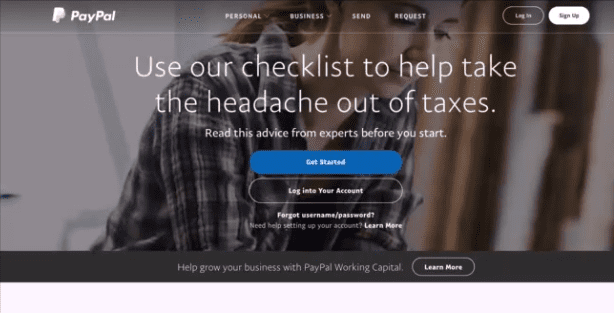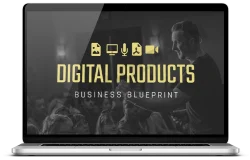Click here to download the Worksheet: Selling Your Course
STEP 1: Set Up Efficient Payment Processing
An integral part of selling your course online involves setting up a way to receive payments. The most common method used by customers is paying with a credit card. To accommodate this, you need what is referred to as a merchant account.
Step 1.1: Choose a Suitable Payment Processor
- Consider popular options like Stripe for its simplicity and ease of integration with platforms like ClickFunnels and Kajabi.

- PayPal is another viable choice, particularly trusted among users, though it may have slightly more complex integration aspects.

- For more tailored solutions, explore traditional merchant accounts like First Data.

Step 1.2: Finalize Your Payment Processor Setup
For most course creators, Stripe is recommended for its simplicity and integration capabilities, particularly with platforms like ClickFunnels, streamlining the setup process.
STEP 2: Craft a Compelling Sales Page
Creating a compelling sales page is essential in converting visitors into purchasers. It should highlight the benefits and contents of your course, providing visitors with all they need to know to make a decision.
Step 2.1: Select Your Platform

- WordPress offers customization through its robust content management system, ideal for those seeking tailored sales pages.
- ClickFunnels provides an all-in-one solution for building sales funnels, including sales pages tailored to marketers.

Step 2.2: Invest in Quality Copywriting
Consider hiring professional copywriters from platforms like Upwork or OnlineJobs.ph, or seek recommendations for experienced professionals to ensure your sales page effectively communicates with your target audience.
STEP 3: Establish Valuable Partnerships and Promote
Once your course and sales page are ready, driving traffic and securing sales through joint venture (JV) partnerships is crucial.
Step 3.1: Identify Potential JV Partners
- Look for top influencers or key players in your niche whose audience aligns with your course offering.
- Reach out with a proposal for promotion, providing a commission on sales resulting from their referrals.
Step 3.2: Negotiate a Fair Commission Structure
Standard practice suggests a 50% commission split for digital products, ensuring the partnership benefits both parties equally.
STEP 4: Clarify Your Return Policy

Your return policy should be clear, fair, and easily accessible to minimize confusion and establish trust with your customers.
Step 4.1: Define the Terms of Your Return Policy
Opt for a straightforward 30-day money-back guarantee or a conditional policy like a 30-day action taker's guarantee. Ensure these terms are clearly stated on your sales page and during the checkout process.
Step 4.2: Make Your Return Policy Accessible
Place your refund policy on a dedicated Terms and Conditions page linked from your sales page, and consider requiring customers to agree to these terms before completing their purchase.
Commit yourself to excellence in each aspect of setting up your online course, from payment processing to creating an engaging sales page, fostering partnerships, and formulating clear policies. Your attention to detail will pay off in the success of your product.
With your course and sales infrastructure in place, your only focus going forward is selling your product. This concludes the penultimate video. Looking forward to guiding you through the final steps in video five, where we will wrap up how to create your digital course.
Thank you for your dedication, and I'll see you in the conclusion of this series.

